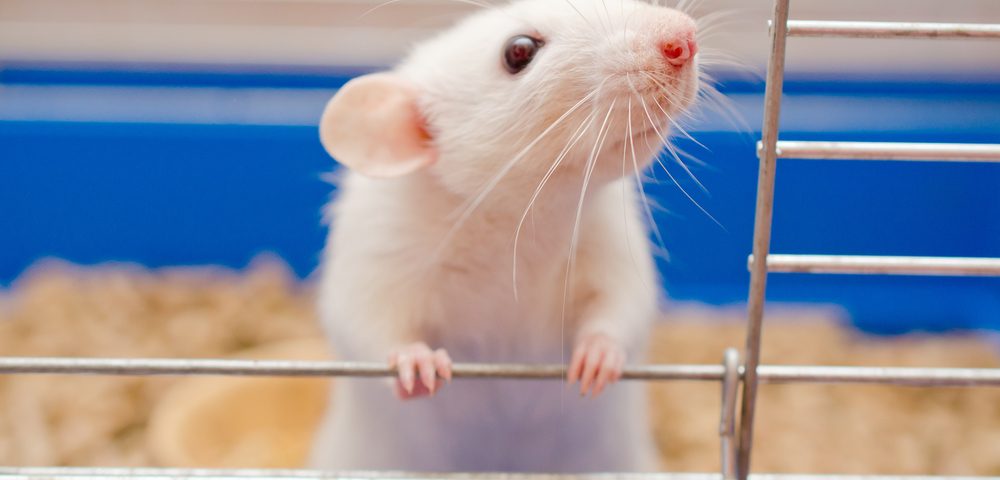The effect of Gazyva (obinutuzumab) — a first line treatment for follicular lymphoma and leukemia patients — is significantly enhanced when combined with drugs that activate the immune system via the Toll-like receptor 7 (TLR7), according to a study.
Mouse models of lymphoma survived significantly longer when treated with the combination therapy, which effectively eradicated tumors and prevented them from returning. That suggests lymphoma patients might benefit from the approach.
The study reporting the finding, “A TLR7 agonist enhances the antitumor efficacy of obinutuzumab in murine lymphoma models via NK cells and CD4 T cells,” was published in Leukemia.
“We were excited when we discovered that combining obinutuzumab with TLR7 activation significantly enhanced survival of animals with lymphoma by effectively eradicating tumours,” Tim Illidge, PhD, the study’s lead author and a professor at the University of Manchester, said in a press release. “As a result of these findings, treatment for leukemia and lymphoma may be improved by using this novel combination of drugs.”
Gazyva is an anti-CD20 antibody that drives strong immune responses against CD20-positive cells, which include most leukemia and lymphoma cells. Studies have shown that as tumor cells are killed in response to Gazyva, pieces of them are released into the blood. That prompts the immune system to act against the tumors.
Knowing that, researchers hypothesized that boosting the immune system with immunotherapies could enhance the response to Gazyva.
When they combined Gazyva with a TLR7 activator —resiquimod (R-848) — they found that it boosted the body’s anti-tumor response and protected against tumors returning, compared to Gazyva alone. Also, mice treated with the combination survived longer than those who received Gazyva monotherapy.
The researchers attributed the activity to two types of immune cells — natural killer cells and CD4 T-cells.
“While the combination therapy was highly effective, CD8 killer T-cells did not play a major role in the therapy,” said Eleanor Cheadle, PhD, a postgraduate research fellow on the team. (CD8 T-cells are the most active tumor-killing cells.) “Given the important role that killer T-cells can play in long term protection from tumour regrowth, we are looking at ways to enhance activation of these cells after obinutuzumab therapy.”


